The “OK, Google” wake-up phrase for Google Assistant on Android Auto has been broken for quite a while but in August, Samsung came up with an update that was the best news in a long time for its users.


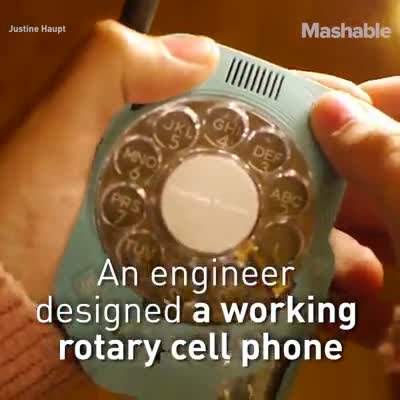
A space engineer made a working rotary cell phone.
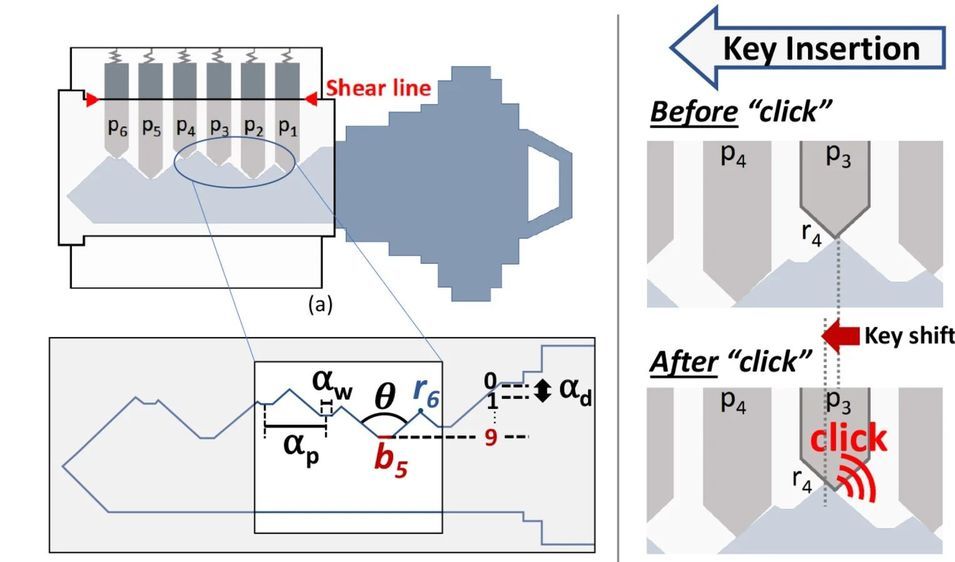
Keyed locks are relatively easy to pick if you’ve spent enough time mastering the skill. But researchers at the National University of Singapore have just made it even easier. If you can use a smartphone to record a sound, you can capture all the information you need to create a working duplicate of a key.
The newfound vulnerability – although it’s more a case of modern technology compromising an outdated technology – was discovered by cyberphysical systems researcher Soundarya Ramesh and a team at the National University of Singapore. The attack, called SpiKey, works on what are known as pin tumbler locks that are opened using a key with a unique ridge pattern on its edge. As the key slides into the lock, the ridges push six metal spring-backed pins to different heights which, when all are properly aligned, allow a tumbler to turn and a lock to be opened. They’re one of the most common types of locks out there, used in everything from doors to padlocks, which makes this attack especially concerning.
To open a pin tumbler lock without the key, a locksmith (or lock pick) uses a specialised set of tools to manually adjust the height of each pin, one by one, until they figure out the unique arrangement needed for the tumbler to turn. The SpiKey technique is magnitudes easier, and requires little to no special skills, aside from the ins and outs of operating a 3D printer.
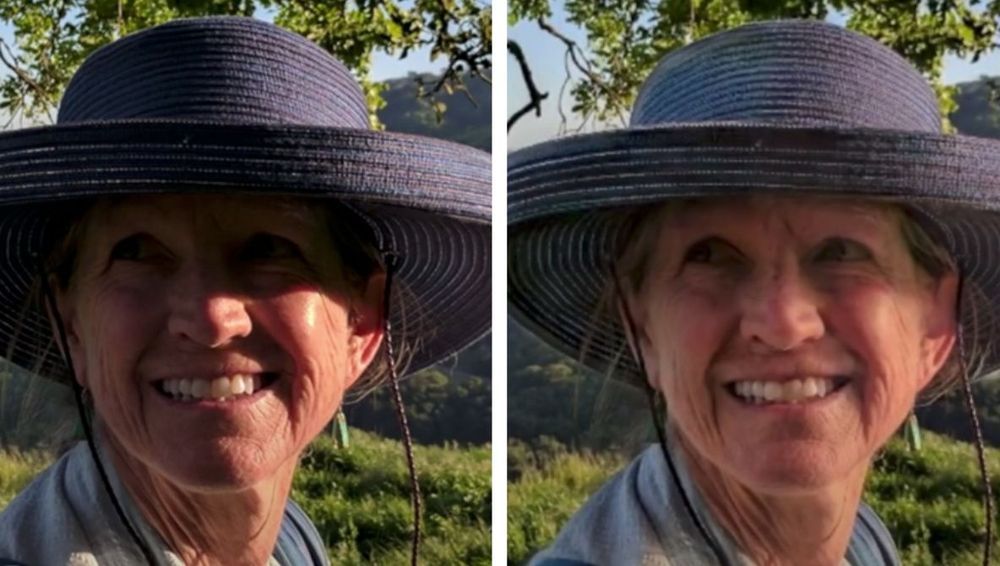
While Photoshop can do a pretty good job at removing shadows from faces, there’s a fair amount of legwork involved. One scientist has shown that neural networks and artificial intelligence can produce some very impressive results, suggesting that it will soon be a part of how we edit our photos.
Károly Zsolnai-Fehér of Two Minute Papers and the Institute of Computer Graphics and Algorithms, Vienna University of Technology, Austria, just released a video demonstrating how he has taught a neural network using large data sets to recognize and eliminate shadows from a face in a photograph. As detailed in the video, the neural network was taught by giving it photographs of faces to which shadows had been added artificially.
Given its effectiveness and the quality of the results, it seems only a matter of time before smartphones give you the option to remove shadows. In theory, you might even be able to switch on shadow removal while taking the photograph.
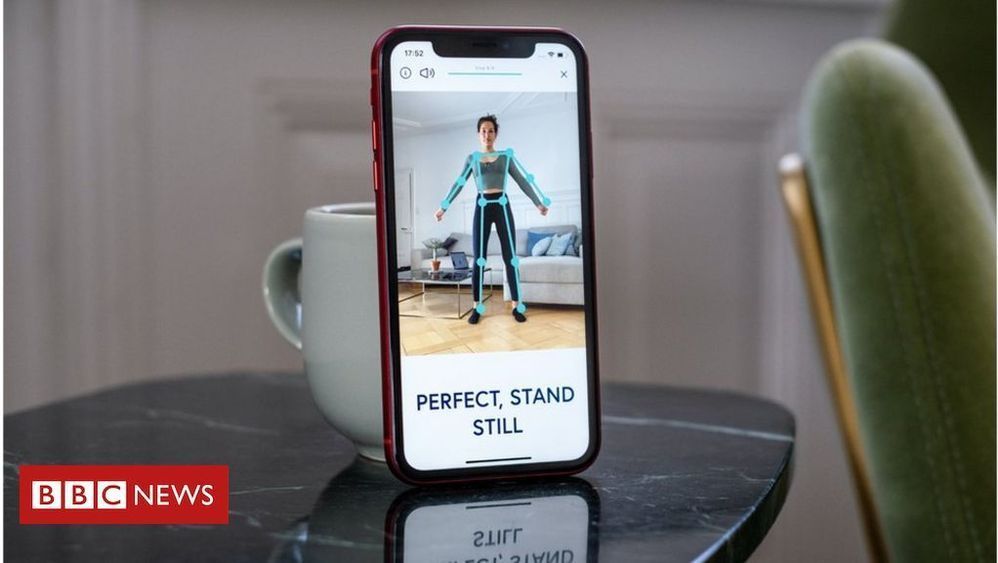

A trio of researchers has found a way to pick an ordinary physical lock using a smartphone with special software. The three, Soundarya Ramesh, Harini Ramprasad, and Jun Han, gave a talk at a workshop called HotMobile 2020 at this year’s International Workshop on Mobile Computing Systems and Applications, outlining their work.
With traditional locks, such as those found on the front doors of most homes, a person inserts the proper (metal) key and then turns it. Doing so pushes up a series of pins in the lock by a certain amount based on the ridges on the key. When the pins are pushed in a way that matches a preset condition, the tumbler can turn, retracting the metal piece of the door assembly from its berth, allowing the door to open. In this new effort, the researchers have found that it is possible to record the sounds made as the key comes into contact with the pins and then as the pins move upward, and use software to recreate the conditions that produce the same noises. Those conditions can be used to fabricate a metal key to unlock the door. The result is a system the team calls SpiKey, which involves use of a smartphone to record lock clicks, decipher them and then create a key signature for use in creating a new metal key.
The researchers acknowledged in their presentation that the weak link in their system is recording the key unlocking the door. Because of its nature, they assume that the recording would have to be done secretly so as to not alert a homeowner that their lock is being picked. They suggest that several possible options for wrongdoers, including walking past while holding a microphone, hiding a microphone nearby, or installing software on the victim’s phone. Each has its own risks, they note, which would minimize the likelihood of run-of-the-mill burglars using such an approach. But for high-profile victims, the effort might be worth the risk. They say that they next plan to investigate ways to foil such attacks by modifying traditional locks.
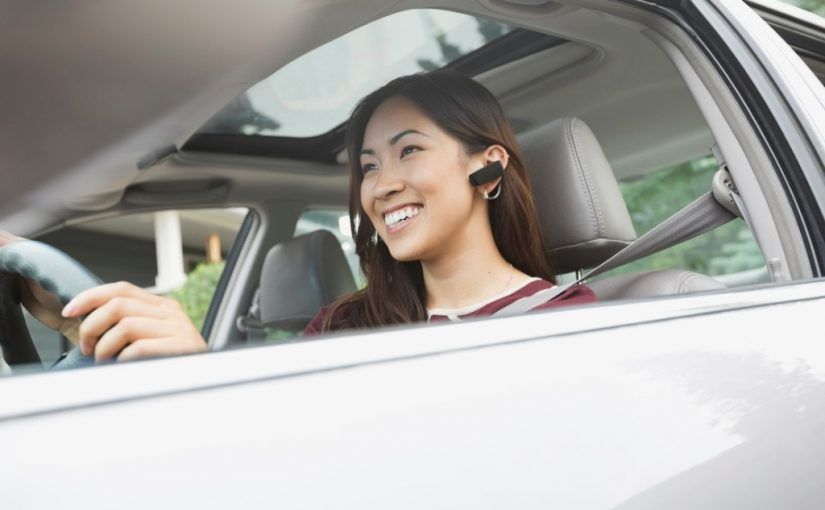
O,.o.
Millions of us use Bluetooth wireless communications every day—to make phone calls when driving, with our fitness trackers, streaming at work or play. Innocent enough, seemingly. But no technology comes without a warning: a recently discovered Bluetooth vulnerability allows hackers to spy on your conversations or take control of your smart phone. The vulnerability deals with the encryption between two devices. It even has a name—a KNOB hack (Key Negotiation Of Bluetooth).
This is not the first time Bluetooth has been hacked and it likely won’t be the last. And this one has its limitations. To take advantage of the KNOB vulnerability the hacker has to be in close proximity of your phone. There is also currently no evidence that this vulnerability has been exploited maliciously.
Still, for the sake of cyber hygiene, take the following steps to protect yourself from a KNOB hack: • Install updates for your smart phone as they become available. • Remove devices paired with your phone that you no longer need or recognize. • Turn off Bluetooth when you are not using it.
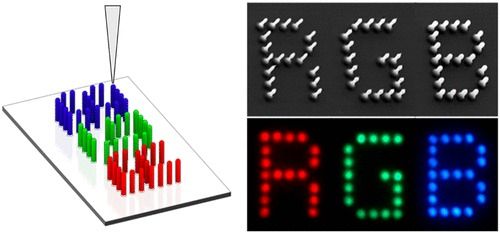
In Korea, scientists are turning to better ways for improving our screen time, and this means 3D printing something most of us know little about: quantum dots. Focusing on refining the wonders of virtual reality and other electronic displays even further, researchers from the Nano Hybrid Technology Research Center of Korea Electrotechnology Research Institute (KERI), a government-funded research institute under National Research Council of Science & Technology (NST) of the Ministry of Science and ICT (MSIT), have created nanophotonic 3D printing technology for screens. Meant to be used with virtual reality, as well as TVs, smartphones, and wearables, high resolution is achieved due to a 3D layout expanding the density and quality of the pixels.
Led by Dr. Jaeyeon Pyo and Dr. Seung Kwon Seol, the team has published the results of their research and development in “3D-Printed Quantum Dot Nanopixels.” While pixels are produced to represent data in many electronics, conventionally they are created with 2D patterning. To overcome limitations in brightness and resolution, the scientists elevated this previously strained technology to the next level with 3D printed quantum dots to be contained within polymer nanowires.
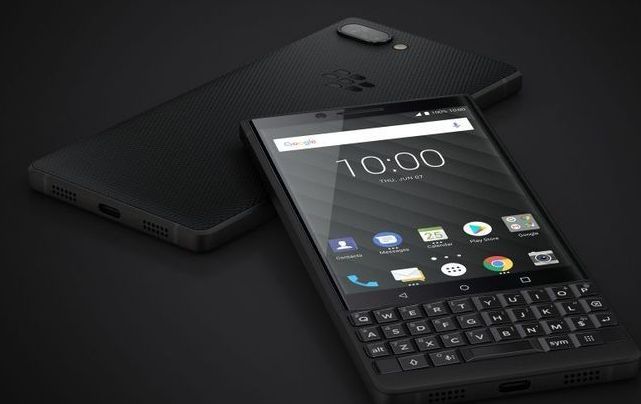
BlackBerry is all set to come back from the dead for a surprise second time, with OnwardMobility picking up the baton from TCL, which ended its licencing agreement earlier this year.
We don’t know a great deal about the handsets yet, except that they’ll be 5G connected, manufactured by Foxconn subsidiary FIH Mobile Limited and coming to North American and European markets by mid 2021.
The BlackBerry will come back from the dead in 2021 | T3.
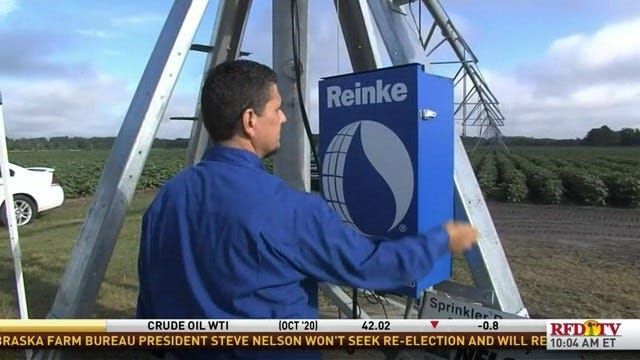
Innovation is key for developing the future of agriculture and sometimes it comes from unlikely places.
The NASA Artemis Mission is working to develop space exploration, but here on Earth, they are partnering with the University of California Berkeley to use Land Satellite Seven to benefit agriculture.
According to NASA Administrator Jim Bridenstine, “We can use that data from space and combine it with weather stations from Earth, and we can get very precise evapotranspiration measurements, down to a quarter of an acre. What that means is we can provide farmers with very specific irrigation plans.”
The technology is still in the testing phase but could one day make farming a little easier. “Imagine being a farmer and going out into your field with your iPhone, looking at it and having an app on there that tells you exactly what your irrigation needs to be for this quarter of an acre for this type of soil and this type of crop,” Bridenstine states.
NASA looks to partner with private businesses to bring new technologies to the market. “The challenge is land sat only has a revisit of two weeks,” he notes. “Weather changes a lot in two weeks; so, I think there is a future where a commercial company could create lots of satellites that could provide this data to farmers.”
Another project on the International Space Station, called Eco-Stress, measures heat stress in plants using infrared technology. Both projects hope to answer a key question: “Can we use our earth science capabilities to feed more of the world and save water in the central valley of California, and the answer is— yes we can.”
The NASA Artemis Mission looks to help benefit agriculture by using data from space and combining it with weather stations to improve irrigation practices.